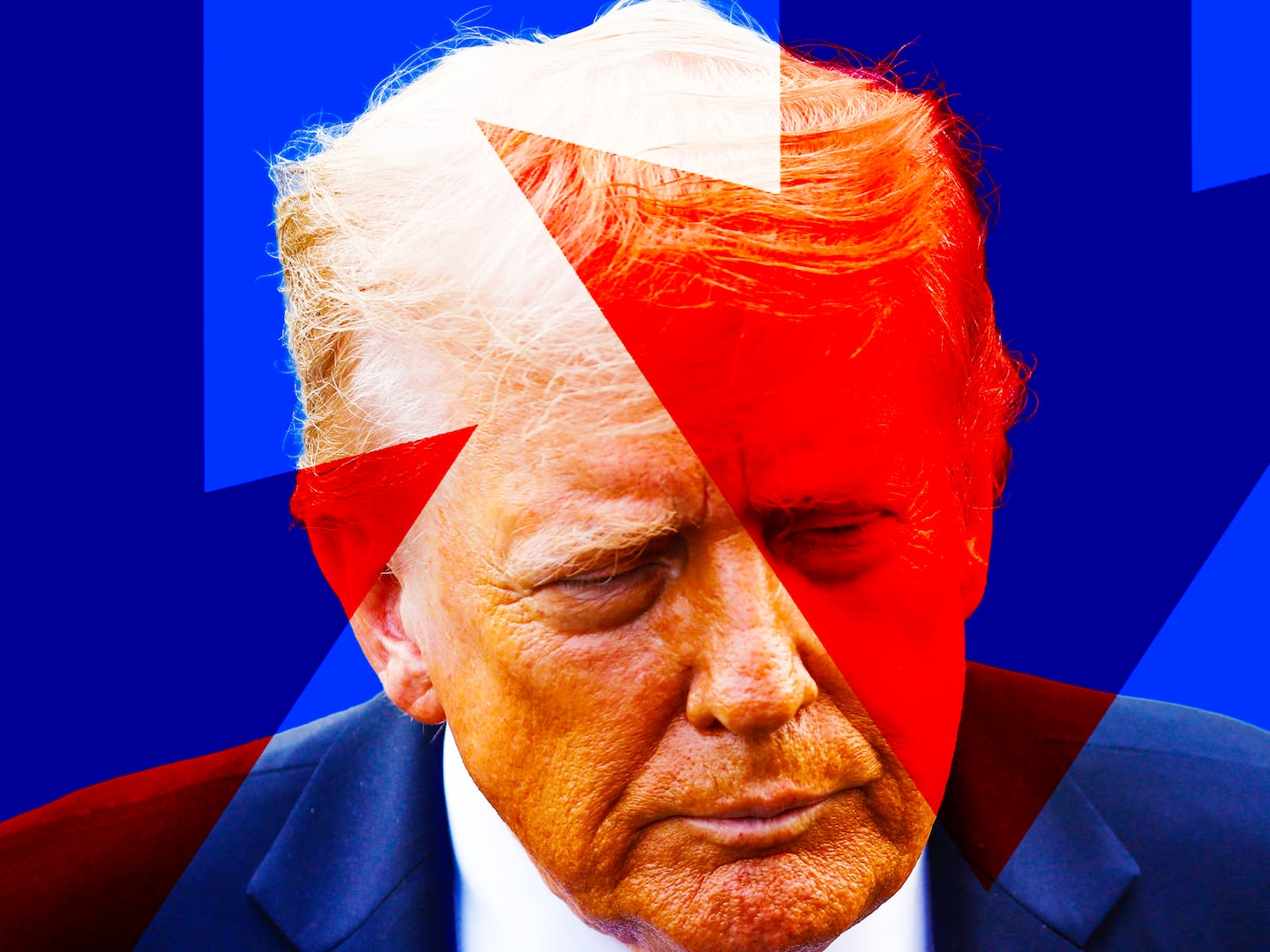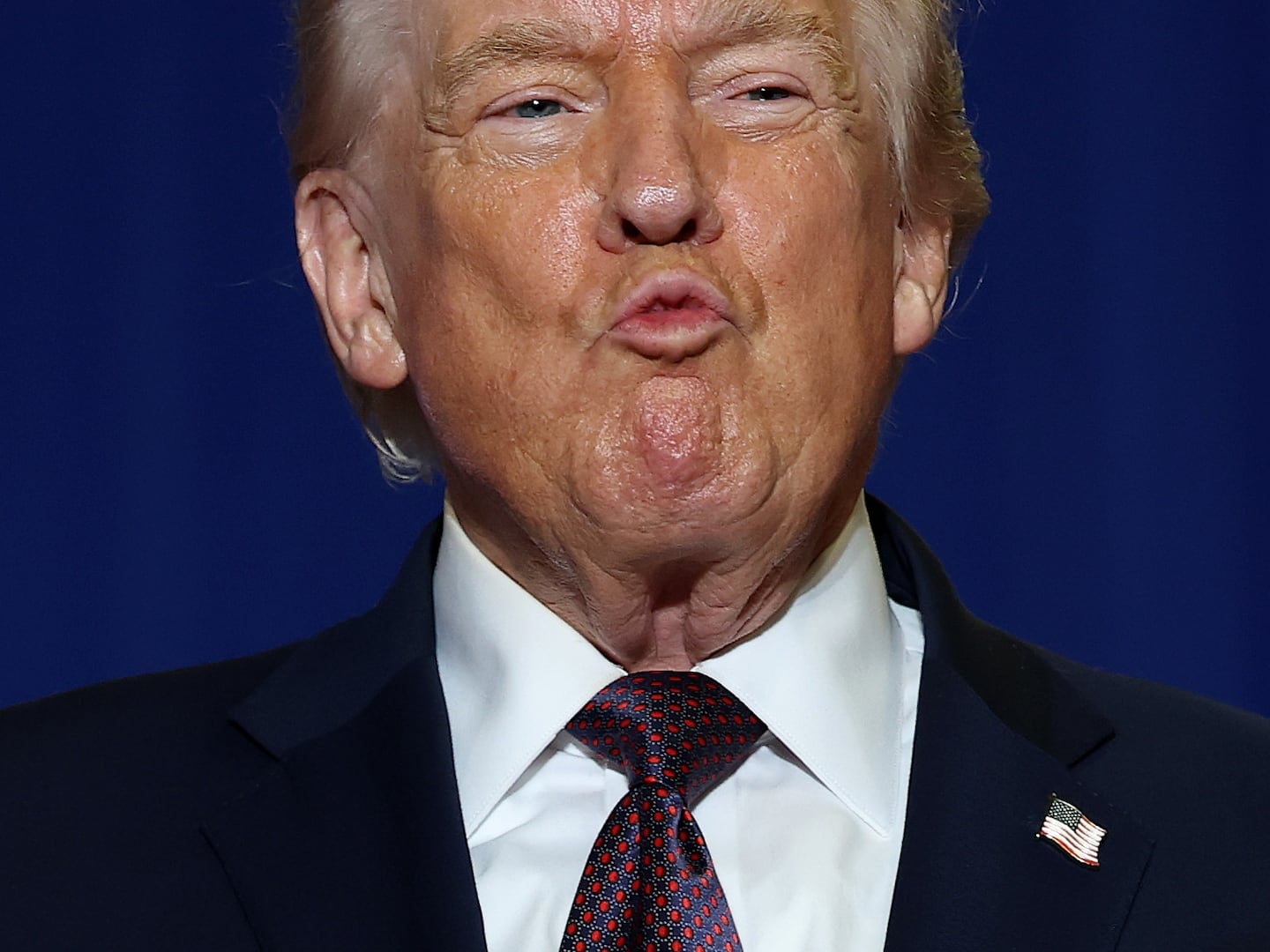
Britain’s election has produced a hung parliament, a glum name that reflects the feelings of many Brits about the inconclusive results. Now will begin an unusual process of negotiation between the parties, a prospect many Brits don’t relish. But what Britain dreads is the happy norm in many other European countries, and the election has revived a conversation that has been dormant for a long time in the country: electoral reform.
The Conservatives won with 36 percent of the vote. This gave them 306 of 650 seats. But they don’t have a majority in the House of Commons, which (ordinarily) a party needs to form a cabinet and pick a prime minister. Labour came in second with 258 seats (or 29 percent of the vote). But the party has no shot at organizing a government; it couldn’t even do so with the support of the third-place finisher, the Liberal Democrats, which got 57 seats (and 23 percent of the vote). Only two possibilities exist: Either the Tories form a minority government, which might be weak and could lead to new elections being called soon, or they can join the Liberal Democrats in a coalition. The Lib Dems’ asking price? Electoral reform.
Brits know their system isn’t entirely fair. They accept the drawbacks in exchange for its supposed advantages.
It’s not just a topic for good-government dweebs and political scientists. The design of an electoral system has huge consequences for party systems. The Liberal Democrats are understandably frustrated by a system in which they won almost one in four votes, but just one in 11 seats in Parliament.
In exchange for joining the government, they will demand some form of proportional representation (PR), a system in which the percentage of votes received will determine more closely the percentage of seats eventually won.
Tunku Varadarajan, writing here in The Daily Beast, called it “a voting system that no serious country has (and certainly no former Empire). PR is for wusses, and Israelis.” Varadarajan is probably thinking of places like Italy in the first 50 years after the Second World War, where a too-permissive form of PR led to huge numbers of parties making their way into parliament, leading to big and rickety coalitions constantly falling apart and being replaced. Israel lacks the constant rise and fall of governments, but its PR system does lead to small parties (often on the religious or nationalist right) having a disproportionate sway over the bigger parties that lead their coalitions.
• More Daily Beast writers weigh in on the U.K. electionBut Varadarajan is wrong about the lack of “serious” countries with PR, and even about former empires: Germany has PR, as does Spain in a modified form. Some smaller countries use a relatively pure PR system: In the Netherlands, just about 1/150th of the vote will get you one of the 150 seats in the lower house. And yet Dutch politics is predictable, consensual and broadly successful. Switzerland has a PR system as well, and the country has probably the most boringly stable politics in Europe.
Britain is the only country in Europe with what has been called the Westminster system. The Commons is elected like America’s House: The country is carved into 650 districts, each of which elects just one Member of Parliament. If the Tory candidate wins 34 percent and the Labour and Lib Dem candidates win 33 percent each, the Tory is elected—and consequently, that candidate gets 100 percent of the seat.
The Lib Dems have the bad fortune to have their considerable support spread evenly around the country; they quite often come in second place in a district, beating out one of the big parties, only to get zilch for their efforts. In this system, it’s far better to have your support geographically concentrated: The Democratic Unionist Party in Northern Ireland snagged eight seats with just 0.6 percent of the vote.
Brits know their system isn’t entirely fair. They accept the drawbacks in exchange for its supposed advantages. Since it leads to only two large parties, governments typically consist of one party. If those parties are disciplined, the government is stable, accountable, and able to pass the legislation it has promised. And if things go bad, you know exactly whom to point the finger at.
Though British MPs often don’t even come from the districts they represent—the parties run their favoured up-and-comers in districts they think they are likely to win—once elected, they’re expected to serve their district. This doesn’t mean hauling home money from the budget in the form of pork like in the U.S. Rather, the MP is expected to spend significant time in the district at “surgeries” (basically office hours), listening to voters.
By contrast, PR systems usually lead to coalition governments, and coalitions are more likely to fall. Further among the disadvantages, in a coalition government, it’s not always clear where to direct the blame. But coalition-based politics can in fact be highly stable, and coalitions, once formed, make public announcements of their intentions—which party got what demands accepted into the common platform.
No one expects Britain to move to Italy’s old system. But there are hybrids. Germany elects half its members in single-member districts like Britain’s and the other half by PR. Germany’s inter-war Weimar Republic fell because of a PR system that encouraged small parties; today’s Germany requires that parties win at least 5 percent of the vote. The result has been a stable four-party system with big center-left and center-right parties, and two small ones (Greens and the small-government Free Democrats) able to join them in a variety of coalitions. It’s a bit of a Goldilocks solution—not too many parties, but not just two, combining stability and diversity. Britain’s Lib Dems could demand a set-aside of seats that would be elected proportionally in the same way.
America’s system for electing Congress is almost identical to Britain’s and produces almost the same result: two big parties and a negligible rest. But party disaffection in America has sent votes in the past two decades to the Reform Party, Greens, Libertarians and others, not to mention independents like Ross Perot, Mike Bloomberg, Joe Lieberman, and now Charlie Crist. The ranks of independents have grown. Large numbers of voters describe themselves as “economically conservative and socially liberal,” and yet the marginal (and often kooky) Libertarians have never been electable, thanks to the single-member-district system. Many voters are wary of free trade and expect generous benefits from the state, and yet are socially conservative. There’s no single party for them, either. Bringing some proportionality into America’s system would better represent the diversity of a vast country; it’s not likely to happen soon, but we good-government dweebs can dream.
Robert Lane Greene covers American politics and foreign policy for The Economist. He is an analyst for Freedom House, an adjunct assistant professor in the Center for Global Affairs at New York University, and a term member of the Council on Foreign Relations.






